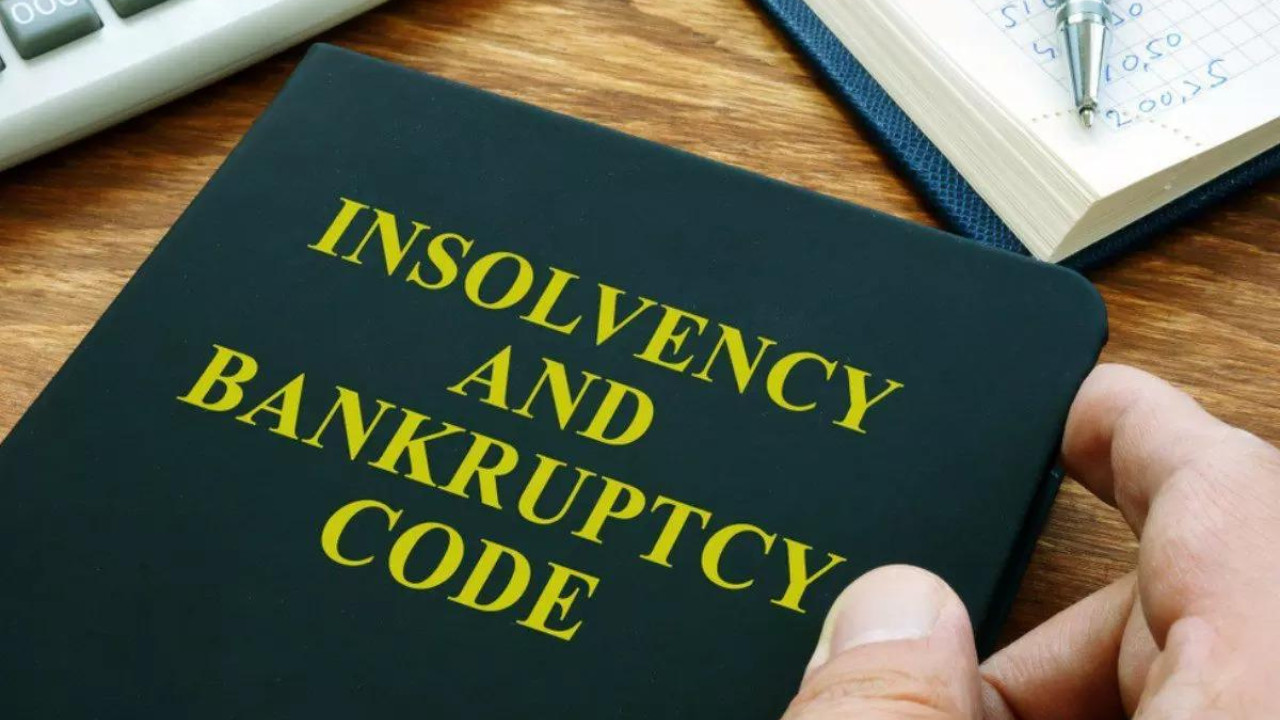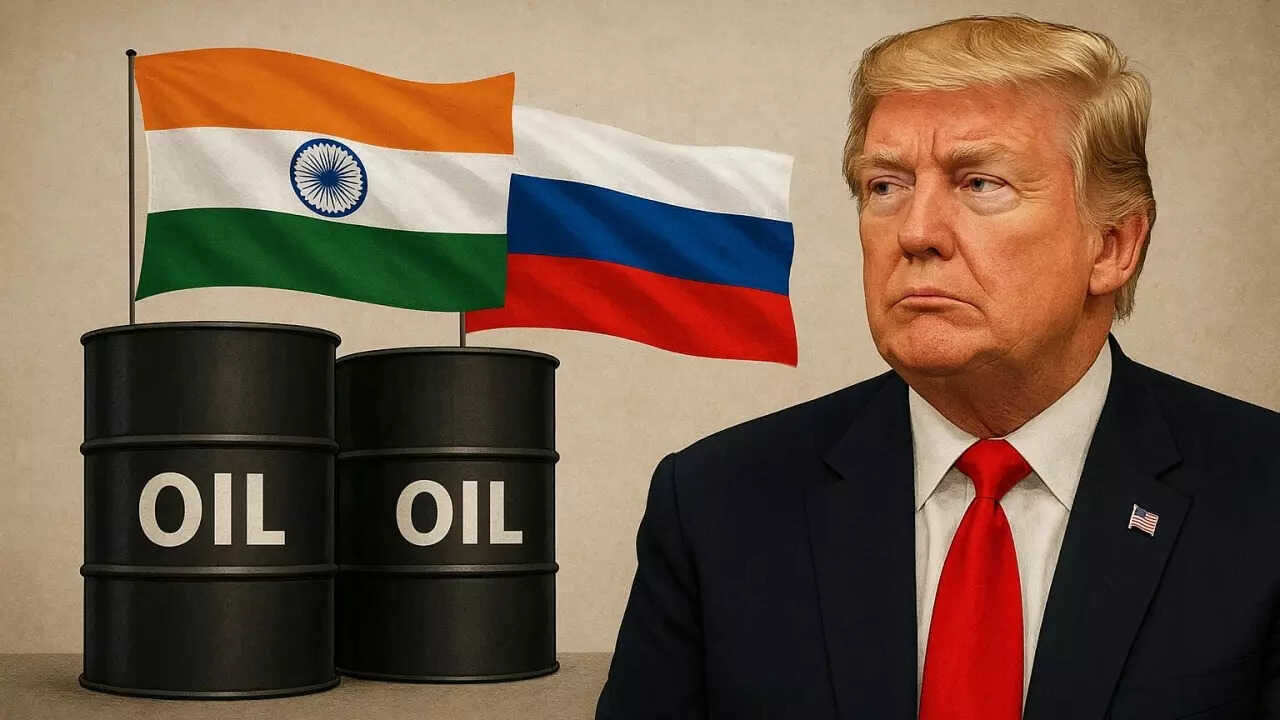The Indian rupee surged, marking its largest single-day gain in nearly five years, closing at 86.05 against the US dollar. This rebound was fueled by a significant drop in global crude oil prices and easing geopolitical tensions in West Asia. A weaker dollar and positive performance in domestic equities further bolstered the rupee.
The Rupee Roars Back: A Sigh of Relief for the Indian Economy
The Indian Rupee just staged a comeback worthy of a Bollywood blockbuster! In a single day of trading, the currency surged a remarkable 73 paise, landing at 82.65 against the US dollar. This isn’t just a minor blip; it’s the rupee’s biggest single-day gain in the last five years, a moment many economists and consumers have been eagerly awaiting. So, what ignited this fiery rally?

Oil Prices Tumble: A Key Catalyst for Rupee Appreciation
One of the most significant factors fueling the rupee’s resurgence is the welcome dip in global crude oil prices. Oil and the rupee are often intertwined – India imports a vast amount of its energy needs, and those imports are paid for in dollars. Therefore, when oil prices rise, the demand for dollars increases, putting downward pressure on the rupee. Conversely, when oil prices fall, as they did recently amidst optimism surrounding a potential ceasefire between Iran and Israel, the pressure eases, and the rupee gets some breathing room.
The link between oil and the rupee is undeniable. The prospect of de-escalation in geopolitical tensions sent ripples of positivity through the market, impacting not just currency exchange rates but also the overall sentiment surrounding the Indian economy. This is because lower oil prices translate to reduced import costs for India, easing pressure on its current account deficit.
Beyond Oil: A Look at Other Contributing Factors
While the drop in oil prices provided a significant boost, other elements also played their part in the rupee’s dramatic rise. Positive domestic economic data releases might have contributed to the upbeat mood, as investors began to see a clearer path for the Indian economy. There is speculation that the Reserve Bank of India (RBI) may have subtly intervened in the market. Central banks often step in to manage currency volatility, and such intervention, even if indirect, can influence market dynamics and contribute to a currency’s appreciation. The election season also plays a role as investors reassess opportunities with potential policy changes.
What Does a Stronger Rupee Mean for You?
A stronger rupee has numerous implications, trickling down from the macro-economic level to impact the everyday lives of ordinary citizens. For starters, imported goods become cheaper. That means everything from electronics and machinery to certain food items could see a price reduction.
Furthermore, Indian students studying abroad, and those planning overseas trips, will find their expenses somewhat reduced. The cost of converting rupees to dollars (or other foreign currencies) will be lower, making international travel and education more affordable.
Conversely, exporters might experience a slight disadvantage as their goods become relatively more expensive for foreign buyers. This impact, however, is often balanced by other factors like global demand and competitiveness of Indian products. For more on Indian trade, see our previous post on [India’s export strategies](/indian-export-strategies).
Can The Rupee Maintain Its Momentum?
The million-dollar question, of course, is whether this upward trend is sustainable. Currency markets are notoriously volatile, and predicting future movements with certainty is virtually impossible. While the recent gains are certainly encouraging, several factors could potentially influence the rupee’s trajectory in the coming weeks and months.
Global economic conditions, particularly the monetary policy decisions of the US Federal Reserve, will continue to play a crucial role. A resurgence in geopolitical tensions, or a sudden spike in oil prices, could quickly reverse the recent gains. The upcoming election results and the subsequent policy direction of the new government will also be keenly watched by investors.
The Path Ahead for the Indian Rupee
The recent strengthening of the Indian rupee offers a glimmer of hope amidst global economic uncertainty. While the current environment presents potential upside, keeping a close watch on global trends, domestic policies, and, most importantly, oil prices, will be essential to understanding the rupee’s direction. This recent shift provides a valuable opportunity to bolster economic confidence, stimulate growth, and ultimately benefit Indian citizens. The coming weeks will reveal whether this is the start of a sustained rally or a temporary reprieve.







